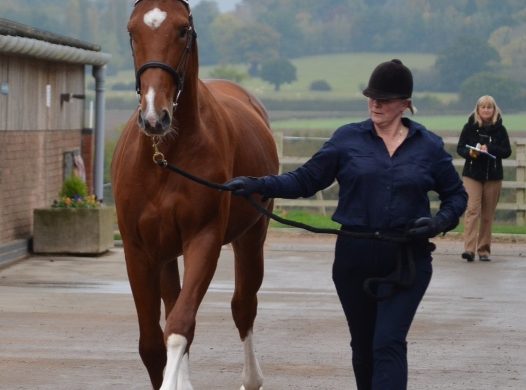Horses have long been categorised as those considered sound and those considered lame. However, now computer technology enables the detailed study and quantification of the horse’s gait. This increases the level of detail and accuracy of the diagnosis. This in turn has resulted in more of a sliding scale, meaning that just because a horse is not completely sound, it does not mean that it is lame and therefore unfit to perform.
An international team of researchers, including from The Royal Veterinary College (RVC) in London, have strongly advised on the need to now discriminate clearly between “asymmetry” and “lameness” when assessing a horse’s gait. They state that it is important not to use these as interchangeable terms when interpreting gait analysis data, as doing so risks implying that a horse is unfit to perform, and raises welfare issues.
The advice has been published in the Equine Veterinary Journal, Sept 20, 2017

